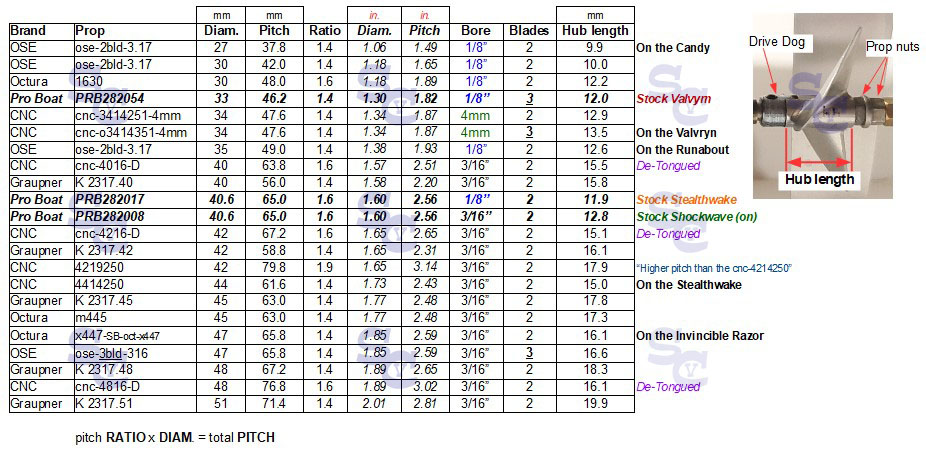
The C ratings calculations come from Radio Control Info and from one of the forums on RC Groups (click on the links to go directly to the different calculators, they will open in a new tab or window). As you can see, the calculated C rating is very similar between the two different calculators. You will also see that there is a huge difference between what the manufacturer says the battery can safely output versus reality!

The first charger, the Ultra Power UP120AC DUO we acquired in 2019 and still use it today. It can charge LiPo/LiHV/LiFe/LiIon (1 -6S); NiMH/NiCd (1-15 cells) and Lead Acid 2V-20V (1-10 cells). It has the ability to charge 2 batteries at the same time. The Charge Current is 0.1-12.0A. The Charge Power is 120W each channel.
In Sept. 2021 we purchased a "better" charger, for about the same price as the basic charger. This is the Ultra Power UP6+ Dual Channel AC/DC Smart Balance Charger. It can charge LiPo/LiHV/LiFe/LiIon (1 -6S); NiMH/NiCd (1-16S) and Lead Acid 2V-24V (1-12S). It has the ability to charge 2 batteries at the same time. The Output Voltage is 0.1V-30.0V. The Charge Current is 0.1-16.0A x 2. The Charge Power is: on DC Input it is 300w on both channels and on AC Input it is a max. of 300w split between the 2 channels (for example 150w & 150w or 200w & 100w). It has a split 3.5in color LCD screen. It also has a 10w Wireless Charger for your phone.

Back to the Top
Field Box and Tools
This is the tackle box / tool box we take into the field whenever we are out running any of the R/C vehicles, especially the boats. The "UglyStik" brand tackle box is a soft sided case with a hard bottom that holds 4 trays. I use each of the trays for different tools and things used to repair and keep the vehicles running.

In the picture of the tool trays below, on the right side is the Emeter data logging tool and all of the components. Below that is the GPS bicycle computer for speed. Next to that is the infrared temperature sensor and a thermometer for measuring water temperature. Continuing along the bottom is a case with spare batteries for transmitters and a rag/cloth.
On the left side are 2 trays of boat props, both plastic and metal. I also have extra drive dogs and prop nuts in the box. I normally do not swap props during runs once I find the prop that works the best in a particular boat. But it's always nice to have the option to change props.
The most important tray is the one with the tools! In there I have small flat head and phillips head screw drivers. I have a tire wrench for the cars. I have every allen key wrench that works on any of the R/C vehicles. I also have an adjustable wrench and box wrenches to cover any other needs including R/C boat prop shaft couplers. There are also some wire/zip ties, Velcro brand straps, rubber bands, receiver binding plug, extra nuts and bolts, electrical tape and some other spare parts.

Back to the Top
Data Logging Tools
For speed readings, we use 1 or both of the following tools:
Our data logger for recording info on the performance of the electronics, we use the Hyperion Emeter v2 and Remote Data Unit (RDU) along with the optional Tachometer to record motor RPM and 3 temperature sensors so we can mount them to the motor, ESC and battery (or battery connectors) to monitor temperatures.
We got this from R/C Dude Hobbies. Randy was extremely helpful and knowledgeable about the Emeter. And no, we do not get anything for promoting R/C Dude Hobbies, or anyone else; no free product, no kick-backs, etc.
This unit was first introduced in 2009 so it's a bit outdated, but the recording abilities are still superb. The RDU records all of the data during a run. Afterwards, you plug the RDU into the meter and download the data to see all the variables every second or two over the entire run. All we had to do was solder connectors to the RDU (EC5s in our case) and supply a 4GB or smaller SD card for the meter which allows us to move the data to the computer for more detailed analysis.
The variables the RDU records are: Time; Volts; Amps; Watts; RPM; mAh (in & out); 4 temperatures (the RDU has a temp sensor built in); and a few others particular to R/C planes such as height/altitude.

Back to the Top
Random Thoughts and Projects for our R/C vehicles
Is buying a Ready-To-Run (RTR) R/C boat better than buying something you fix and/or upgrade? The question depends largely on your budget and how much you like a good challenge. If you're up for a challenge and think you can make a better running boat than the manufacturer, then doing an upgrade or build-up (starting with nothing but a hull and/or hardware) will be fun and rewarding.
There are many ways to go about this. You can buy a RTR from your favorite R/C boat manufacturer and slowly upgrade it over time (like we did with Stealthwake #1). You can buy a used R/C boat that might not work and rebuild it to your specifications as long as the hull is in good condition (like we did with Stealthwake #2). You can buy just a hull and build it completely from the ground up (like I did with the Invincible Razor). Again, it all depends on your experience level and the type of challenge you're looking for.
Having upgraded 2 Pro Boat Stealthwakes I can confirm that the final cost was more than say a stock Pro Boat Sonicwake. Several people have questioned why we would spend so much time and money on a Stealthwake, and my answer is simply "because it's fun and a good learning experience!"
Related, having built the Invincible Razor from a bare hull that needed some work, again, it cost more than a new one or a similar Pro Boat RTR model. It was fun and I learned a LOT about fiberglass work, picking components, testing and testing to get it dialed in, etc. Plus, instead of a one time large outlay of cash, I was able to spread the purchases out over several months.
Back to the Top
Can you fiberglass your plastic/ABS boat hull to reinforce it?
I have put a few layers of fiberglass on the transom of both Stealthwakes. I am no expert but these are a few things I learned in the process. This is my experience so far. Note, however, that I only fiberglassed the transoms where the bolts for all of the running hardware are basically holding the fiberglass in place! I have not fiberglassed an entire ABS hull yet. With that said, at least on Stealthwake #2 when I knew what I was doing, none of the fiberglass is coming loose where it's not being held in place with bolts!


Back to the Top
R/C Boat Props we own and specs

Back to the Top